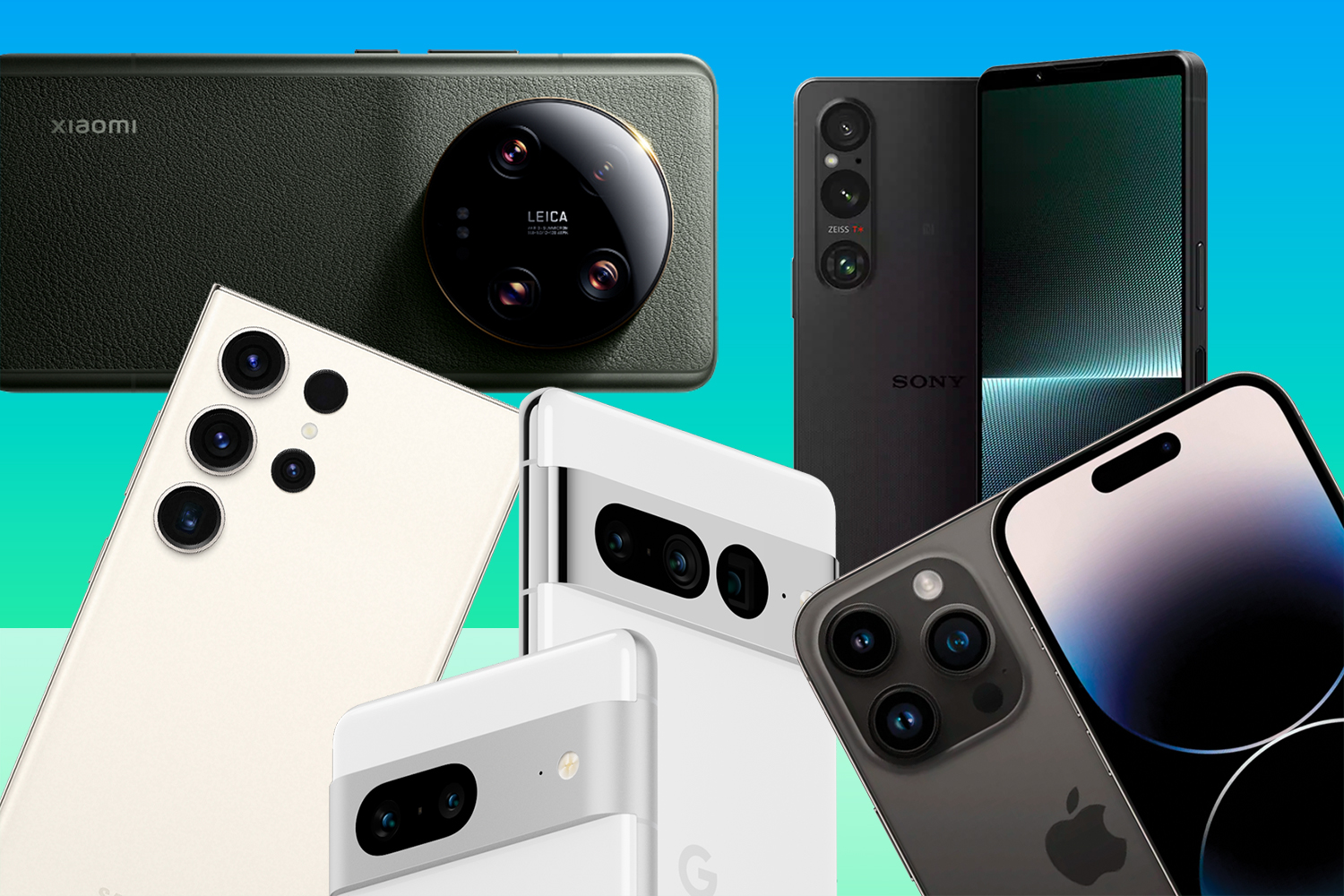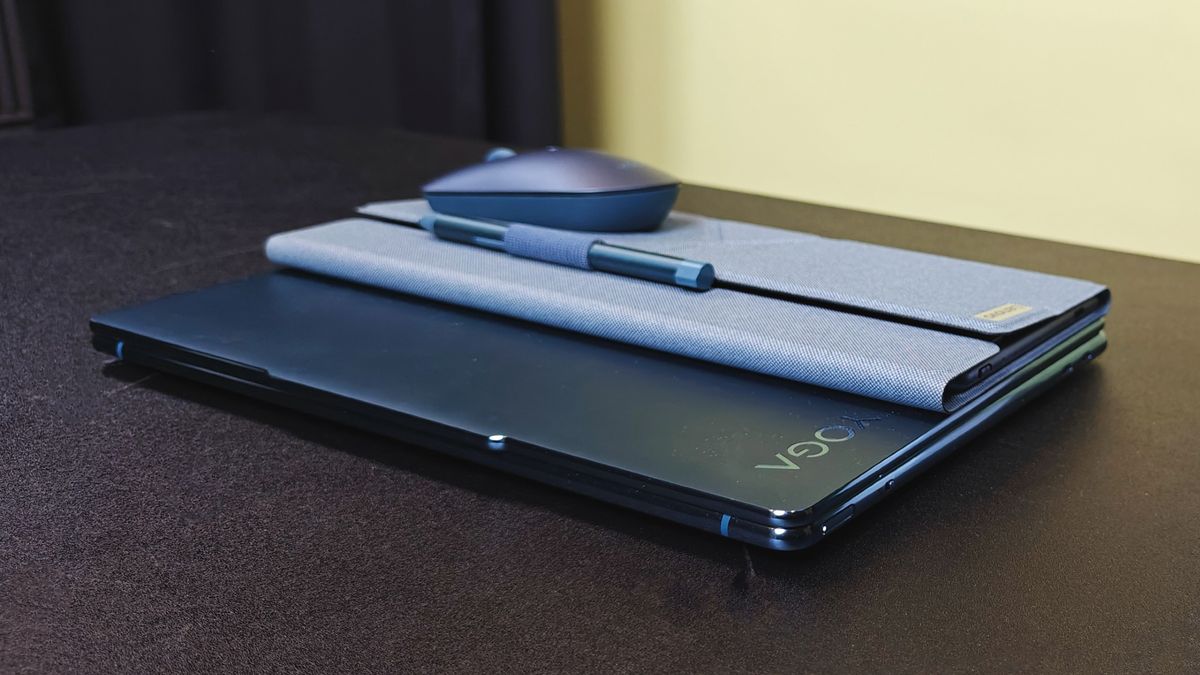
If you’re after the best camera phone, you’re not alone. Snapping up one of the best smartphones for photography is something that more of us are doing, as the camera remains one of the most important features — along with battery life — for most people. Thankfully, with each upcoming phone upgrade, comes a whole range of new camera specs and features.
The trouble is, there are thousands of handsets out there from budget to super-premium, and every entry on our best smartphones list promises to provide a great camera experience. The reality, of course, is that not all smartphones are made equal, especially when it comes to camera performance. In fact, with so many similar handsets out there, a smartphone’s camera is one of the main differentiating factors between them.
With all that said, we’ve rounded up some of the best top-tier smartphone cameras for photography currently available, based on years of expertise. If you’re after the best cameraphone, look no further than this lot…
What are the best camera phones?
Before we crack on with the full list, here’s a look at our four top choices:
The best camera phones you can buy today:
1. Samsung Galaxy S24 Ultra
Samsung Galaxy S24 Ultra specsScreen6.8in, 3200×1440 AMOLED w/ 1-120Hz LTPO adaptive refresh, 2600 nitsCPUQualcomm Snapdragon 8 Gen 3 For GalaxyMemory12GB RAMCameras200MP, f/1.7 main w/ Quad pixel AF, OIS +50MP, f/3.4 periscope zoom w/ dual pixel AF, OIS, 5x optical zoom +10MP, f/2.4 zoom w/ dual pixel AF, OIS, 3x optical zoom +12MP, f/2.2 ultrawide rear12MP, f/2.2 front w. dual pixel AFStorage256GB/512GB/1TB on-boardOperating systemANdroid 14 w/ OneUI 6.1Battery5000mAh w/ 45W wired, 15W wireless chargingDimensions162x79x8.6mm, 232g
With a 50MP main snapper, 10MP telephoto and 12MP ultrawide, the Galaxy S24’s cameras are effectively now three years old. The lead camera keeps its f/1.8 aperture lens, dual pixel autofocus tech and optical image stabilisation; the 3x optical zoom telephoto tops out at f/2.4, with PDAF and OIS; and the ultrawide sticks with f/2.2 glass. The exact same setup first appeared on the Galaxy S22.
Samsung claims the S24 Ultra’s shooting experience is unique thanks to an imaging NPU (neural processing unit) — and our review confirms it. This is the best Samsung smartphone camera experience to date, and one of the best money can currently buy.
It’s almost a given that shots in both bright and dark conditions are excellent, with the combination of Samsung’s software and hardware managing to turn day into night with apparent ease. Where the S24 Ultra really stands out though, is its sheer flexibility, thanks to that incredibly generous 10x optical zoom, made possible by its periscope camera setup. It’s so good, in fact, that we even managed to capture a detailed shot of the moon at 85x zoom, which is a feat no other smartphone on this list can come close to matching.
Its superb all-around performance, coupled with extra tricks like an amazing zoom, places the S24 Ultra among the best smartphones for photography in any situation.
2. Google Pixel 8 Pro
Google Pixel 8 Pro specsScreen6.7in, 2992×1344 OLED w/ 1-120Hz, HDR10+CPUGoogle Tensor G3 nine-coreMemory12GB RAMCameras50MP, f/1.7 w/ multi-directional PDAF, laser AF, OIS48MP, f/2.8 telelphoto w/ 5x optical zoom, dual pixel PDAF, OIS48MP, f/2.0 ultrawide w/ dual pixel PDAF10.5MP, f/2.2 front w/ autofocusStorage128/256/512GB, 1TB (US only)Operating systemAndroid 14Battery5050mAhDimensions163x77x8.8mm, 213g
Google hasn’t quite given up all pretences of the Pro-grade Pixel being an ‘affordable’ flagship, but the Pixel 8 Pro’s price hike certainly pushes it further into premium territory than ever before. It brings suitably high-end styling, an exceptionally bright OLED display and a Tensor G3 processor that promises on-device generational AI wallpapers (among other machine-learning skills).
It’s the rear camera trio that continues to set the Pixel 8 Pro apart, though. The 50MP main sensor takes astonishingly clean and detailed snaps in almost all lighting conditions, the ultrawide lens has improved macro focusing abilities for extreme close-ups, and the 48MP telephoto uses a periscope lens to deliver genuinely impressive 5x optical zoom. Add in the AI-assisted Best Take and Magic Editor tools, which let you swap faces and move subjects around the frame after you’ve tapped the shutter button, and there’s little else like it on the market right now.
3. Apple iPhone 15 Pro Max
Apple iPhone 15 Pro Max specsColoursNatural Titanium/Blue Titanium/White Titanium/Black TitaniumDisplay6.7in 2796×1290 OLED HDR at 460ppiProcessorA17 ProRAM8GBStorage256GB/512GB/1TBOSiOS 17Cameras48MP ƒ/1.78 main, 12MP ƒ/2.2 ultra wide, 12MP ƒ/2.8 telephoto (5× optical zoom in) rear; 12MP ƒ/1.9 frontBattery4,441 mAh (est.)Dimensions76.7×159.9×8.25mm (3.02×6.29×0.32in)Weight221g (7.81oz)ConnectivityUSB-C (supports charging, DisplayPort, and USB 3)
Apple’s iPhone cameras have been top-notch for years, and the iPhone 15 Pro Max is no exception, bringing with it a couple of key improvements that make it one of the best smartphone cameras in the world right now. A triple-camera affair made up of wide, ultrawide, and telephoto lenses, it has the show-stealing 48MP seen on last year’s top-tier model. The result is even clearer images with accurate colours and lighting, with an improvement in low-light photography to boot.
The biggest improvement for the Pro Max is a new periscope telephoto lens, which provides 5x optical zoom abilities up there with the very best smartphones. Elsewhere, you’ll find Apple’s Photonic Engine which has been upgraded to work even better software magic to improve shots in mid and low-light settings.
Ultimately, this is easily the best cameraphone Apple has ever made. If you want to sacrifice a little battery life and screen size then you can also snap up the cheaper iPhone 15 Pro, which shares most of the same camera features as its Max brother – you just have to make do with a 3x zoom lens instead.
4. Xiaomi 14 Ultra
Xiaomi 14 Ultra specsScreen6.73in, 3200×1440 AMOLED w/ 1-120Hz LTPO, 3000 nitsCPUQualcomm Snapdragon 8 Gen 3 octa-coreMemory16GB RAMCameras50MP, 23mm, f/1.6-f/4.0 main w/ OIS + 50MP, 12mm, f/1.8 ultrawide w/ macro focus + 50MP, 75mm, f/1.8 telephoto w/ 3x optical zoom, OIS + 50MP, 120mm, f/2.5 telephoto w/ 5x optical zoom, OIS32MP, f/2.0 frontStorage512GB on-boardOperating systemAndroid 14Battery5000mAh w/ 90W wired, 80W wireless chargingDimensions161x75x9.2mm, 229.5g
Xiaomi isn’t the only smartphone maker to have squeezed in a 1in camera sensor into its latest top-tier model – but it is the only one that’ll officially sell you a photography kit to make the most of it. The official case/camera grip combo are a must-buy, adding a physical shutter button, zoom lever and exposure controls as well as a handy portable power bank.
The Xiaomi 14 Ultra’s three other rear cameras are stunners too, with dedicated lenses for 3.2x portraits and 5x telephoto shots, and an ultrawide expanding your horizons. Leica-backed image processing makes every shot distinctive, in any lighting condition. Little else comes close for detail at a distance, or convincing depth blur.
It’s a fantastic phone everywhere else, with a vegan leather finish, high refresh rate OLED display, whip-crack quick Snapdragon 8 Gen 3 CPU and a reasonably beefy battery – though rivals do manage to make their cells last a little longer between top-ups. It’s a premium device, and carries a premium price, but phone photographers should see it as a price worth paying.
5. Google Pixel 7a
Google Pixel 7a specsScreen6.1in, 2400×1080 gOLED w/ 90HzCPUGoogle Tensor G2 octa-coreMemory8GB RAMCameras64MP, f/1.9 main w/ OIS + 13MP,f/2.2 ultrawide rear13MP, f/2.2 frontStorage128GB on-boardOperating systemAndroid 13Battery4385mAh w/ 18W wired, 7.5W wireless chargingDimensions152x73x9.0mm, 193g
Google has taken the Pixel 7a a bit more upmarket than previous A-series models, with features borrowed wholesale from the pricier Pixel 7. Its 64MP main camera sensor is bespoke, but the pixel-binning smarts used to improve low-light shots are very much in keeping. Combined with the firm’s typically excellent software, it’s one of the best bang-for-buck photography experiences around.
Powerful algorithms squeeze the most out of dual snappers. Shots from both cameras are stuffed with detail, wonderfully exposed, with no hint of unsightly noise, and they perform well in dim conditions too. Autofocus is quick, and auto HDR does a brilliant job of exposing bright skies without losing detail in shadows. Skin tones are impressive as well, with Google using a dedicated Real Tone algorithm for more accurate results.
There’s no dedicated telephoto (aka, zoom) camera, which is to be expected at this price, but considering you still get the same software tricks found in the more expensive Pixel 7 Pro (like Magic Eraser), it’s hard to complain. Easily one of the best cameraphones around for the money you’re paying.
6. Sony Xperia 1 VI
Sony Xperia 1 VI specsScreen2340×1080 OLED w/ 120Hz, 19.5:9 aspect ratioCPUQualcomm Snapdragon 8 Gen 3 octa-coreMemory12GB RAMCameras48MP, f/1.9, 24mm wide w dual pixel PDAF, OIS + 12MP, f/2.2, 16mm ultrawide w/ dual pixel PDAF + 12MP, f/2.3 85mm – f/3.5 170mm telephoto w/ dual pixel PDAF, OIS, 3.5x-7.1x continuous optical zoom rear. 12MP, f/2.0, 24m frontStorage256GB on-board, microSD expansionOperating systemAndroid 14Battery5000mAh non-removable w/ 30W wired charging, wireless charging, reverse wireless chargingDimensions162x74x8.2mm, 192g
Sony’s mobile division usually does things its own way, but 2024 saw it finally let 21:9 aspect ratios and 4K resolution panels go in favour of a more mainstream display. A 19.5:9 OLED with a Full HD+ pixel count is still worth getting excited about, thanks to a 1-120Hz LTPO adaptive refresh rate and a much higher peak brightness. It does wonders for battery life, making this is true two day phone for most users.
The Xperia 1 VI keeps its predecessor’s 52MP lead camera sensor and twin 12MP shooters – one ultrawide and one variable zoom telephoto. This time around zoom tops out at 7.1x (up from 5.2x), letting you get much closer to your subject before digital trickery comes into play. Fast focusing and high burst speeds continue to set it apart from rivals, too.
As expected from Sony handsets, you’ll get the very best out of its cameras when using the Pro mode, tweaking settings until you reach some seriously impressive results. This year’s auto mode is a lot more accomplished, though, so point-and-shoot photographers are also well served.






